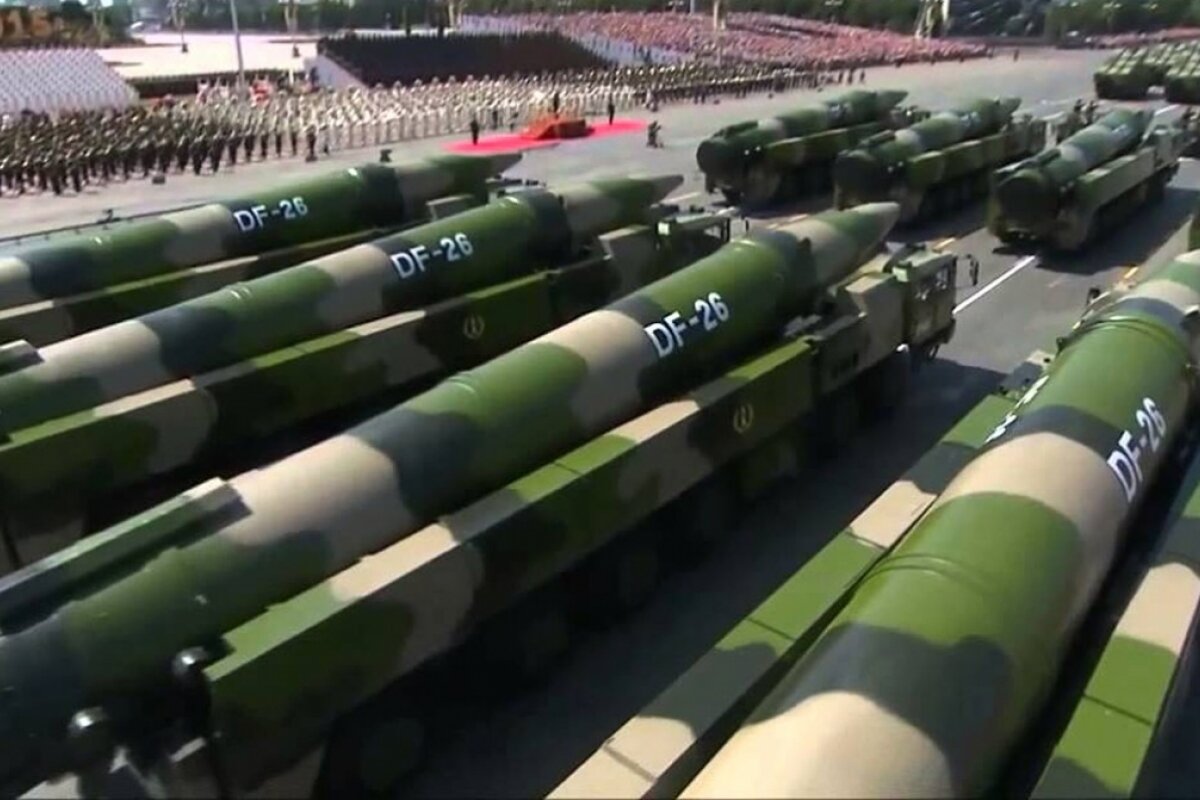To operationalize the concept of strategic empathy, this article argues that strategic leaders must appreciate three critical factors: geography, history, and domestic politics. These three factors are the pillars of the framework employed by U.S. Army Japan, a theater-strategic headquarters in the Indo-Pacific theater.
Three Critical Defense Reallocations for U.S. Strategic Competition with China
To meet the challenge of rising Chinese power, the Department of Defense should implement three central allocations. The first is a service reallocation. The Department of Defense must reduce the size of the active-duty Army to fund the Navy’s shipbuilding program, which is critical to meeting the challenge of the growing People’s Liberation Army Navy. The second is a regional reallocation, the Department of Defense must shift military and naval resources from the Middle East to the Indopacific. The third reallocation is from the technical to the cognitive.
Fear, Honour, and AUKUS in the Indo-Pacific
To date, Australia has enjoyed the benefit of a hedging strategy that embraces the economic prosperity of a close trading relationship with China while maintaining a close security alliance with the U.S. This strategy has been tested recently and the tension between values and interests requires focused attention. If there was previously any doubt on where that pendulum would swing, it is now firmly answered in the announcement of AUKUS, an Australian, U.K. and U.S. security partnership.
Countering China’s Counter-Intervention Strategy
China’s counter-intervention capability presents a tremendous impediment to continuous U.S. military operations within the Indo-Pacific. Its South China Sea claims, underpinned by weapons development and efforts across the non-military elements of national power, are intended to ensure China’s freedom of action. A free and open Indo-Pacific relies on further development and deployment of U.S. integrated air and missile defense systems and offers the means for hindering China’s counter-intervention strategy. These recommendations provide a realistic approach to compete with China in multiple domains and to ensure access in the event of a regional crisis.





